
How can you preserve valuable assets and data when doing Amazon S3? A feature called versioning operates as a unique answer to this question. By the way, when you upload a thing to S3, that aim is redundantly collected to implement perfect stability. This suggests that for 10,000 objects stored on S3, you can assume the loss of a particular object once every 10,000,000 years. Those are some pretty great odds, so why are we even required to answer this question? Because while the underlying foundation powering S3 gives serious durability, it does not protect you from overwriting your objects or even removing those objects. Or does it? Not by default, but it does if we allow versioning.
What is Versioning?
Versioning automatically follows up with several versions of the same object. For example, say that you have an object currently collected in a bucket. With wanted environments, if you upload a fresh version of object1 to that container, object1 will be substituted by the new version. Then, if you receive that you messed up and need the previous version back, you are out of luck except you have an alternate on your local computer. With versioning allowed, the old version is still saved in your bucket, and it has an unusual Version ID so that you can still watch it, download it, or use it in your app.
How to Enable Versioning?
When we set up versioning, we do it at the container level. So instead of allowing it for individual objects, we turn it on in a container and all things in that bucket automatically use versioning from that point onward. We can allow versioning at the bucket level from the AWS console, or from SDKs and API calls. Once we allow versioning, any new object uploaded to that container will take a Version ID. This ID is used to identify that version uniquely, and it is what we can do to reach that object at any point in time. If we earlier had objects in that container before enabling versioning, then those things will sim have a Version ID of “null.”What about removing an object? What happens when we do that with versioning? If we try to remove the object, all versions will wait in the bucket, but S3 will include a delete marker at the latest version of that object. That means that if we try to retrieve the object, we will get a 404 Not Found error. However, we can still retrieve earlier versions by specifying their IDs, so they are not totally forgotten. If we want to, we do have the right to remove specific versions by defining the Version ID. If we do that with the latest version, then S3 will automatically bump the following version as the default version, instead of giving us a 404 error. That is only one option you have to replace a previous version of an object. Say that you upload an object to S3 that previously exists. That latest version will display the default version. Then say you want to set the previous version as the default. You can remove the particular version ID of the newest version (because recognize, that will not give us a 404, whereas removing the object itself will). Alternatively, you can also COPY the account that you want back into that same container. Imitating an object makes a GET request, and then a PUT application. Any time you have a PUT request in an S3 bucket that has versioning allowed, it triggers that object to display the latest version because it gives it a different Version ID.So those are some of the advantages we can get by allowing versioning. We can defend our data from being destroyed and also from being overwritten unintentionally. We can also use this to store various versions of logs for our own records.
What Else?
There are several things you should know before making a version. First of all, once you allow versioning, you cannot fully disable it. However, you can put the container in a “versioning-suspended” position. If you do that, then further objects will get Version IDs of null. Other objects that previously have versions will continue to have those versions. Secondly, because you are collecting various versions of the same object, your bill force goes up. Those accounts take space, and S3 currently requires a certain amount per GB. There is a process to help prevent this. It’s another point called Lifecycle Management. Lifecycle Management lets you choose what happens to versions after a determined amount of time. For example, if you’re collecting valuable logs and you have various versions of those logs — depending on how much information is stored in those logs — it could take up a lot of time. Instead of collecting all of those versions, you can keep logs up to a certain date, and then transfer them to Amazon Glacier. Amazon Glacier is much more affordable but limits how fast you can access data, so it’s best used for data that you’re probably not going to really use, but still required to store in case you do require it one day. By performing this sort of policy, you can actually cut back on costs if you have a lot of objects. Also, several versions of the same object can have various properties. For example, by specifying a Version ID, we could make that version openly available by anyone on the Internet, but the other versions would still be removed.
At this point, if you have any problems with S3 versioning, feel free to ask through the email id given below. AIR ZERO CLOUD always is your digital partner.

Author - Johnson Augustine
Cloud Architect, Ethical hacker
Founder: Airo Global Software Inc
LinkedIn Profile: www.linkedin.com/in/johnsontaugustine/


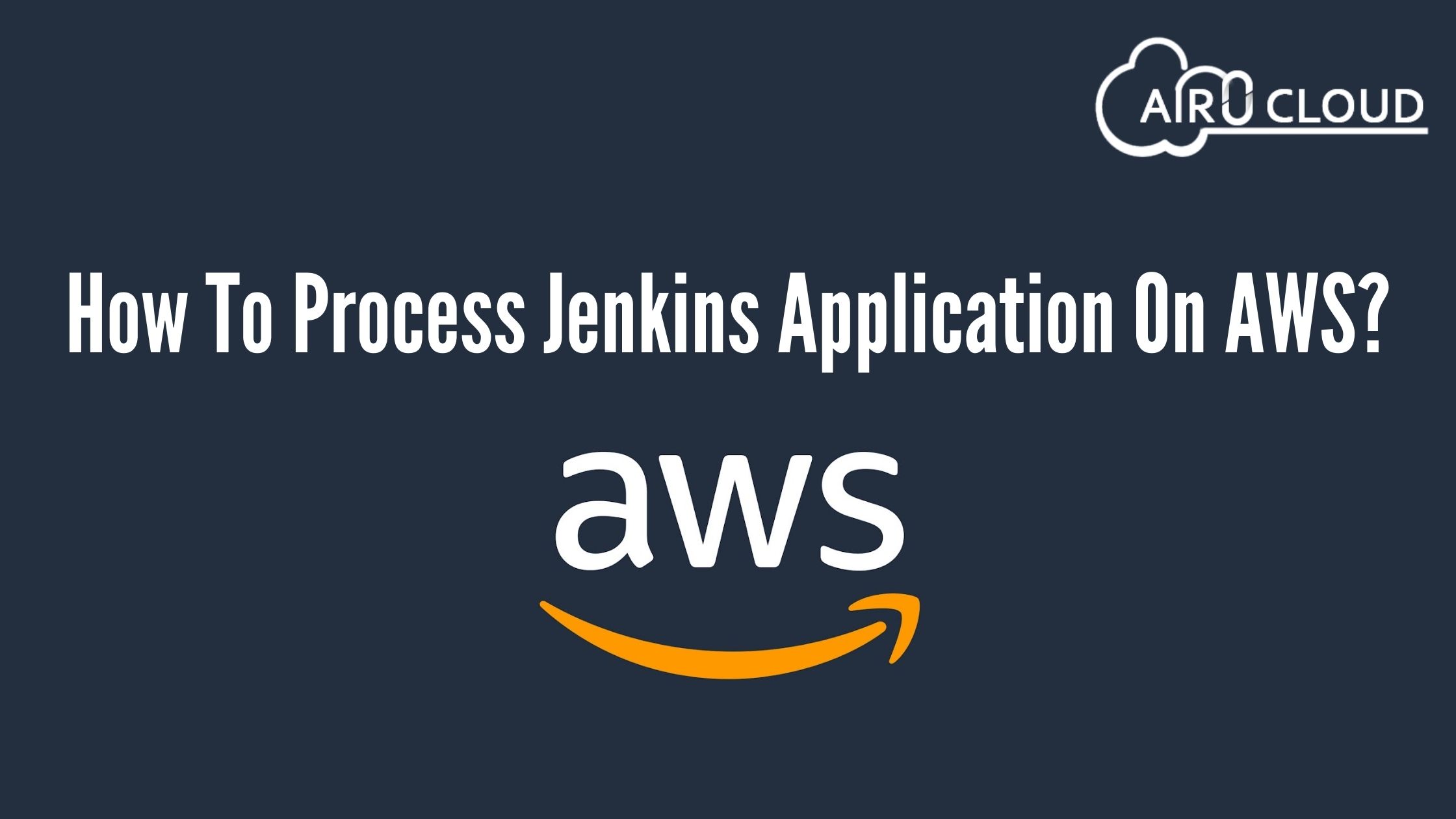
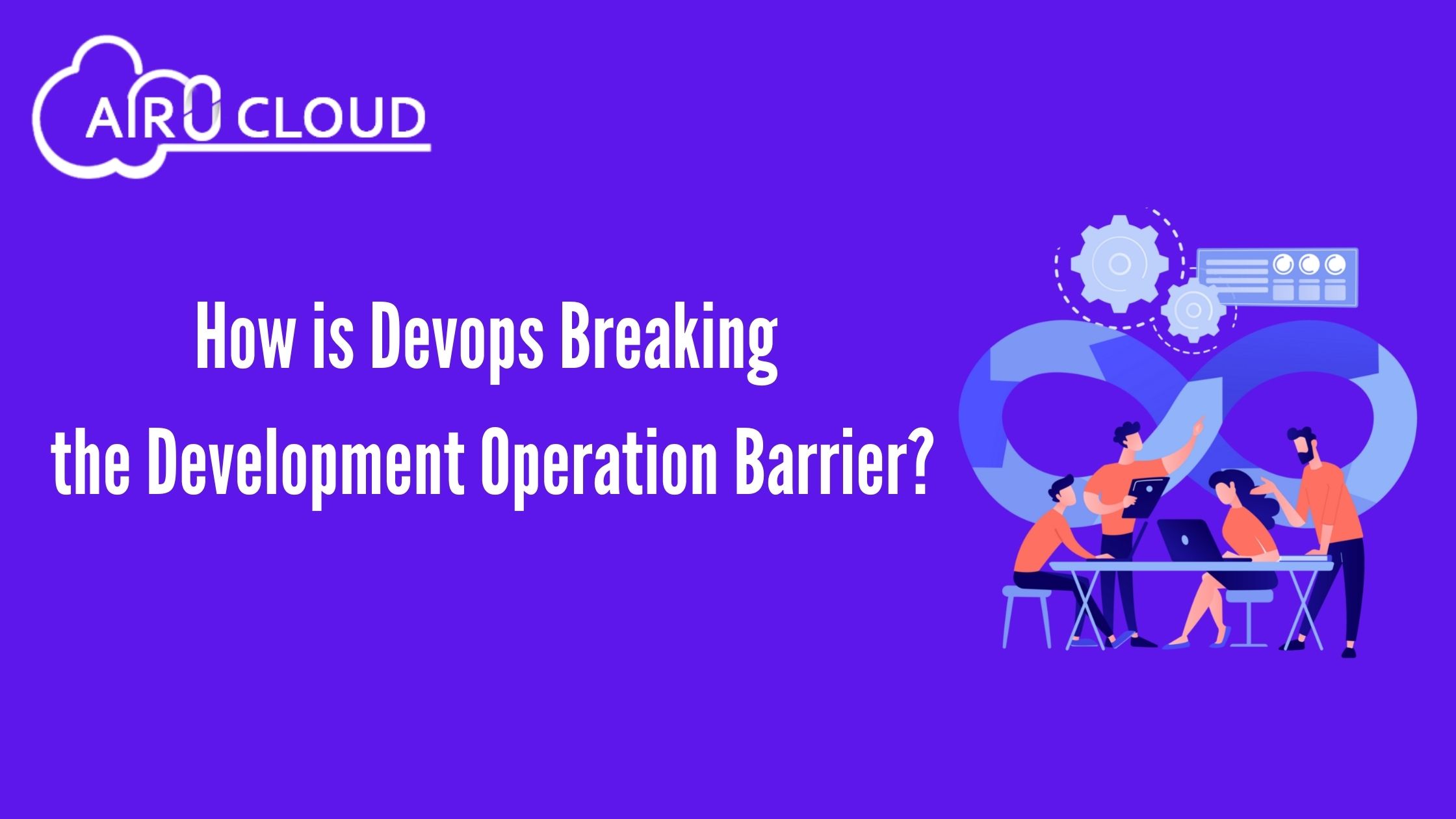
 Author - Johnson Augustine
Author - Johnson Augustine
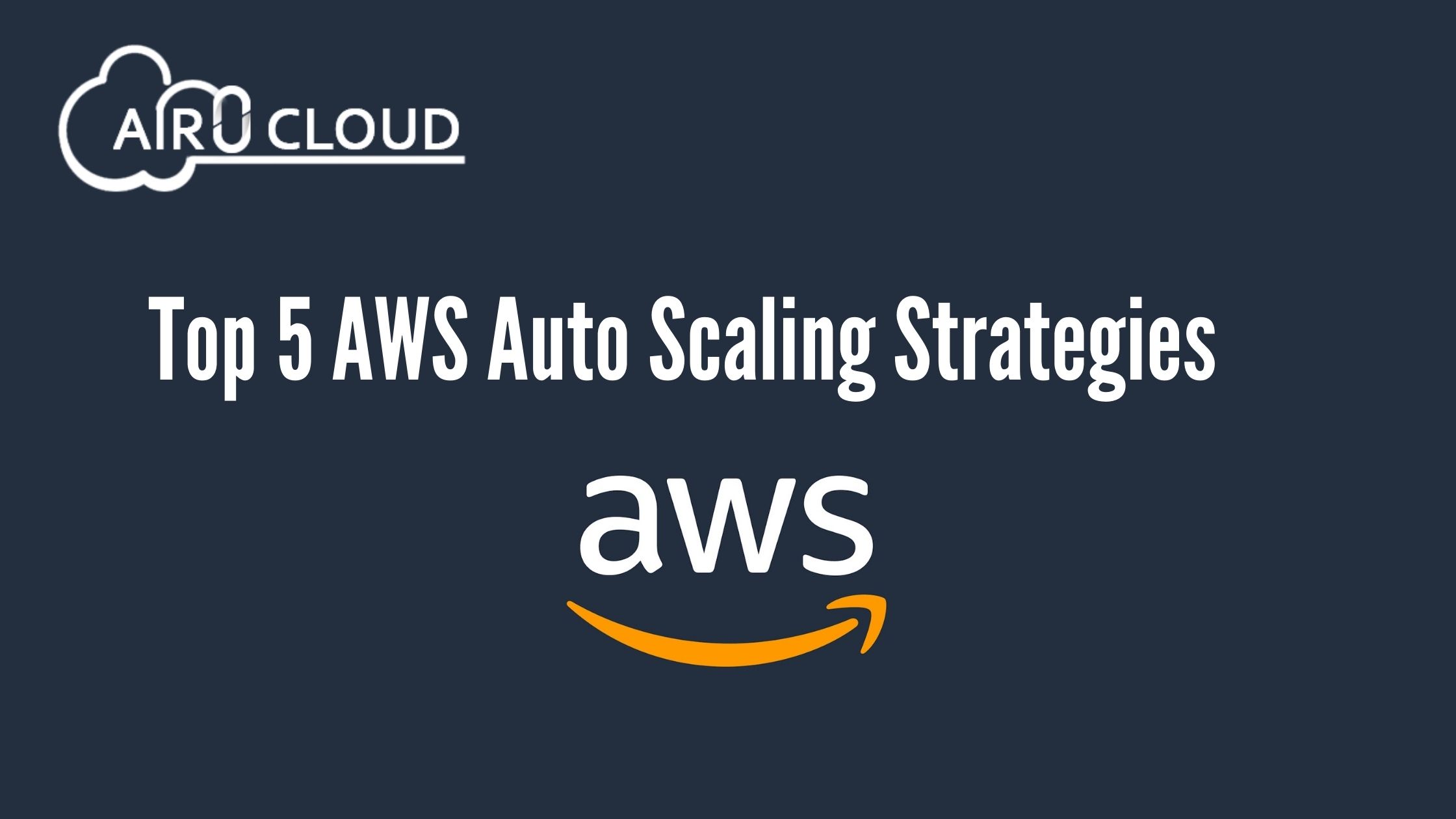

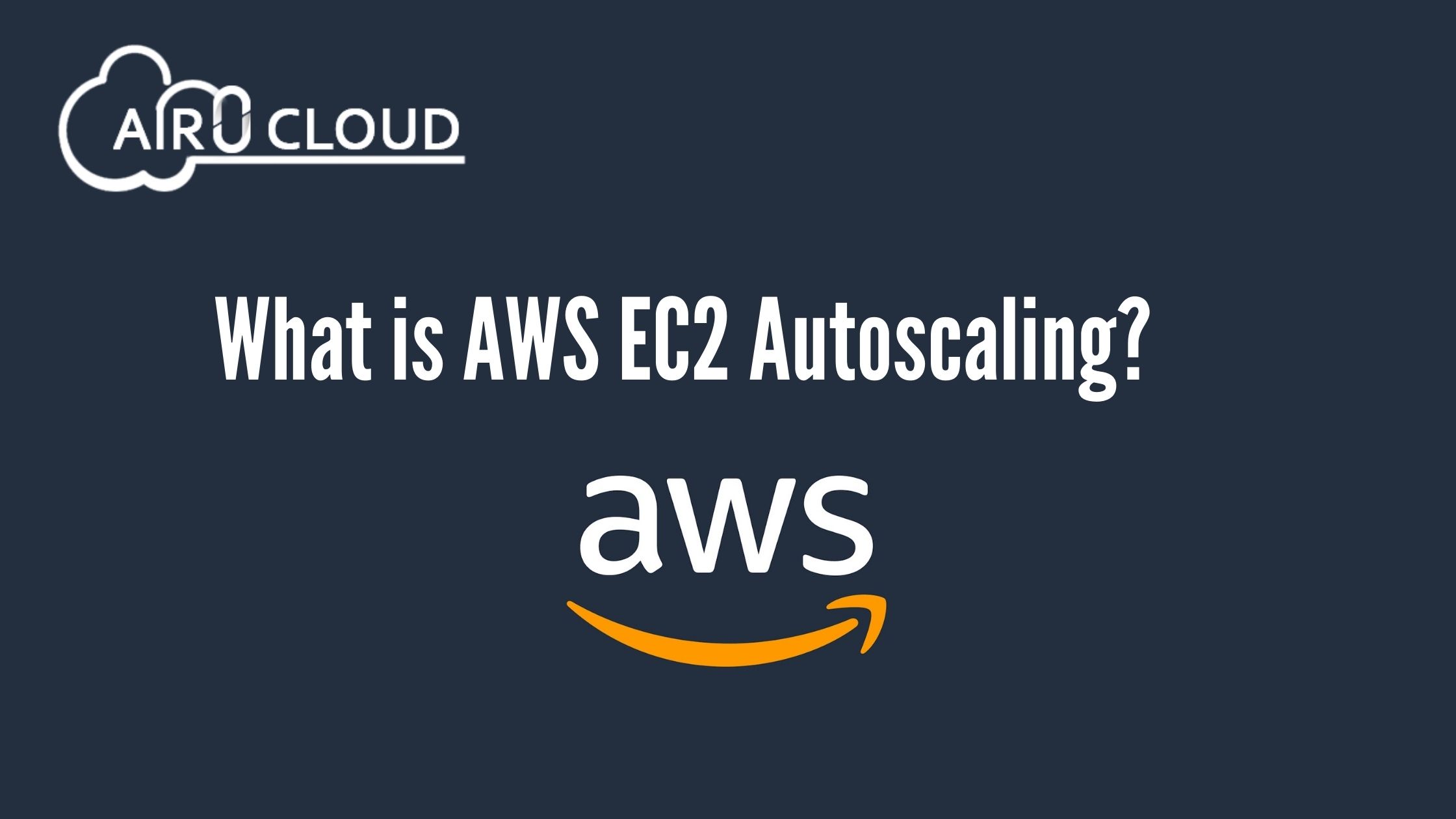
 Author - Johnson Augustine
Author - Johnson Augustine
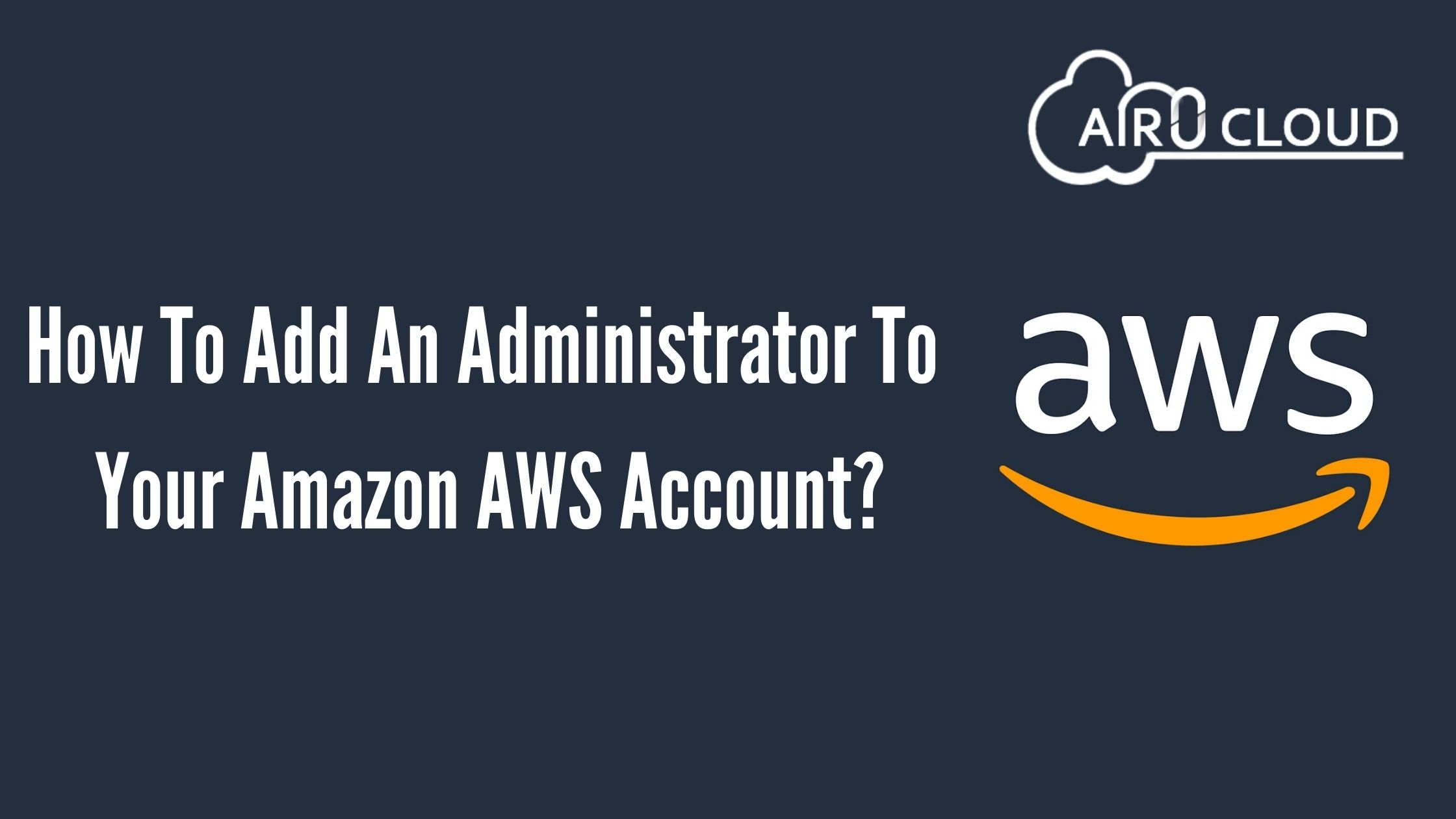
 Author - Johnson Augustine
Author - Johnson Augustine
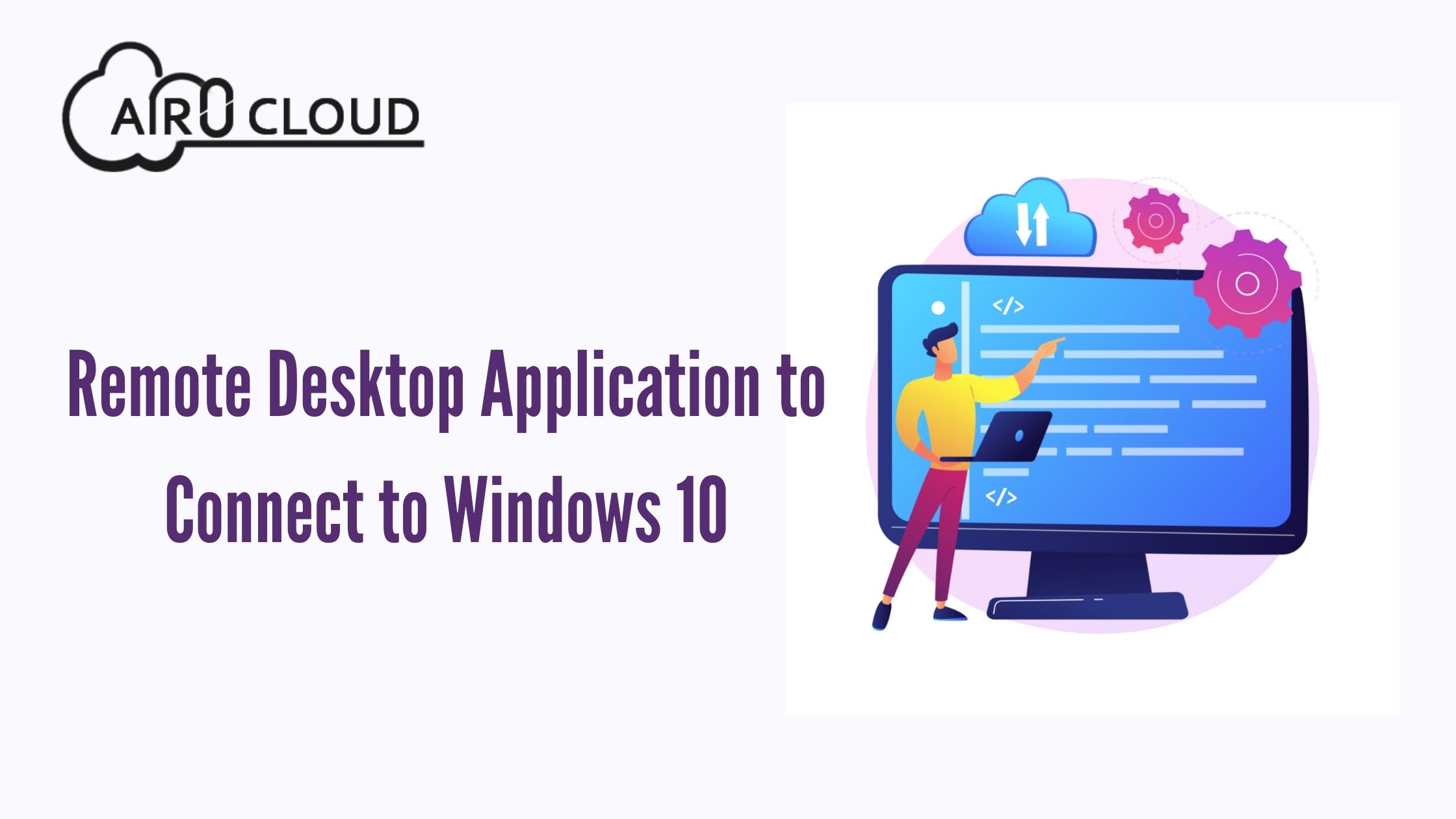
 Author - Johnson Augustine
Author - Johnson Augustine
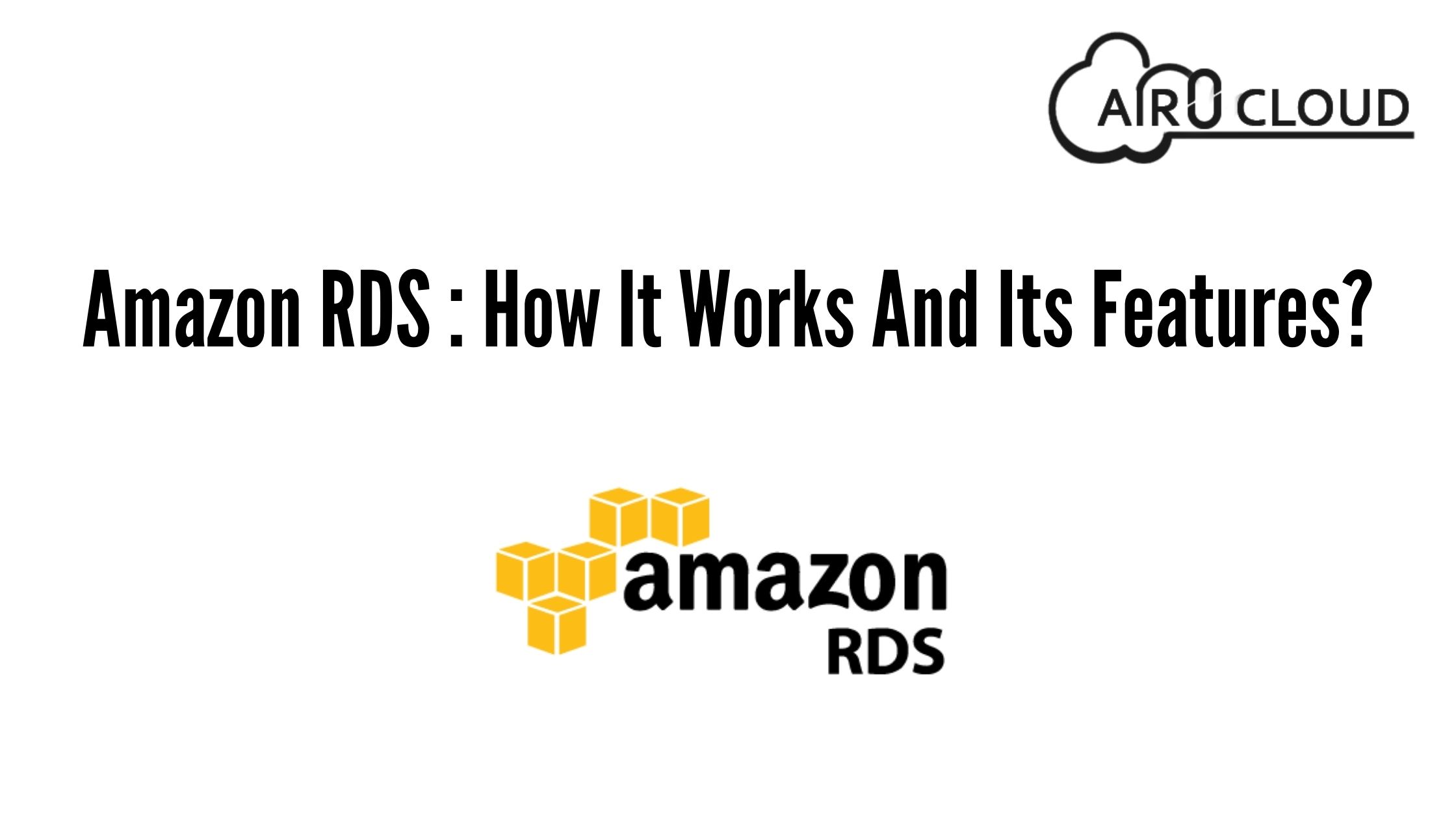
 Author - Johnson Augustine
Author - Johnson Augustine
